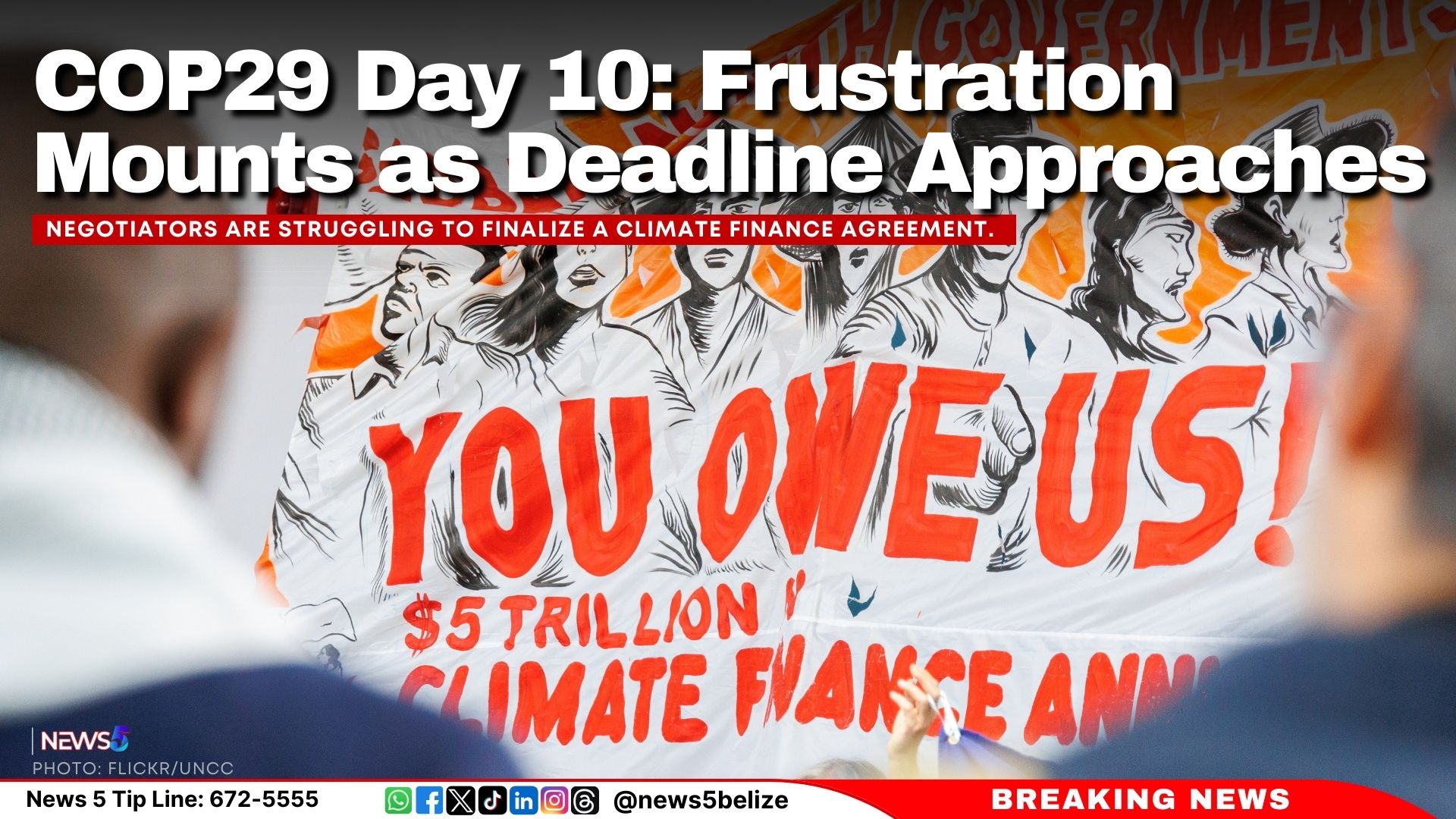With just one day left before the deadline at COP29 in Baku, Azerbaijan, frustration is growing as negotiators struggle to make progress. Negotiators are struggling to finalize a climate finance agreement. The task at hand is to condense a 25-page draft document, outlining potential post-2025 climate finance goals, into a concise two-page version. However, significant disagreements remain, particularly around the financial commitments and who should contribute.
The draft document presents two starkly different options for the climate finance goal, each reflecting the contrasting priorities of developed and developing countries. Option one proposes an annual finance target starting in 2025, running through 2035, with a focus on funding from developed countries’ governments and the private sector they can mobilize. Developing nations may contribute voluntarily, but their contributions would not count toward the main goal. This option mirrors the current $100 billion per year target, which has yet to be fully met.
Option two envisions a longer timeline, with the goal set for 2035. This option expands the sources of finance, including public, private, and innovative funding from both bilateral and multilateral channels. While developed nations are expected to take the lead, the option also acknowledges that other countries with the economic capacity to contribute should do so. It adds a broader investment goal alongside a mobilisation target, marking a distinct difference from option one, which only focuses on mobilisation.
A key point of contention is the distribution of finance, particularly for the world’s poorest countries, including Least Developed Countries (LDCs) and Small Island Developing States (SIDS). These nations are calling for specific annual minimum amounts, such as $220 billion for LDCs and $39 billion for SIDS, but these figures remain unresolved, with the text still marked with square brackets. Some countries are advocating for a more general emphasis on the vulnerability of these groups, or an “equitable resource distribution” approach, instead of setting firm financial targets.
Uganda’s negotiator, Adonia Ayebare, voiced the frustration of developing nations, saying, “We have been very, very clear that we should not leave Baku without a number.” He criticised the proposal for $300 billion in annual climate finance, a figure many developing countries, including those in the G77 and China, deem insufficient. These countries are calling for $1.3 trillion in public climate finance annually, a figure they argue is necessary to meet the global climate challenge.
“We are hearing $300 billion. But if that is true, that’s really not acceptable. It’s embarrassing,” said Ayebare.
COP29 has entered its “endgame,” but UN Secretary-General António Guterres warned, “Success is not yet guaranteed.” Some developed nations, including the EU and the US, continue to push for a broader, more inclusive approach to climate finance, while developing nations stress that wealthier countries, who have contributed the most to global emissions, bear the primary responsibility.
On the issue of emissions reduction, the latest draft has weakened key commitments. Notably, provisions for a transition away from fossil fuels have been removed, drawing criticism from countries and climate experts alike. Meanwhile, climate scientists have warned that the world is on track for a dangerous 3.1°C rise in global temperatures by 2100 if current trends continue.
In the final days of COP29, there are glimmers of progress, with over 50 countries signing a declaration on climate-friendly tourism. Additionally, Mexico has committed to reaching net-zero emissions by 2050, joining other G20 nations in setting ambitious climate goals. Mexican Environment Minister José Luis Samaniego noted, “We don’t think this will be easy, but we have never had a stronger political mandate to do so.”
